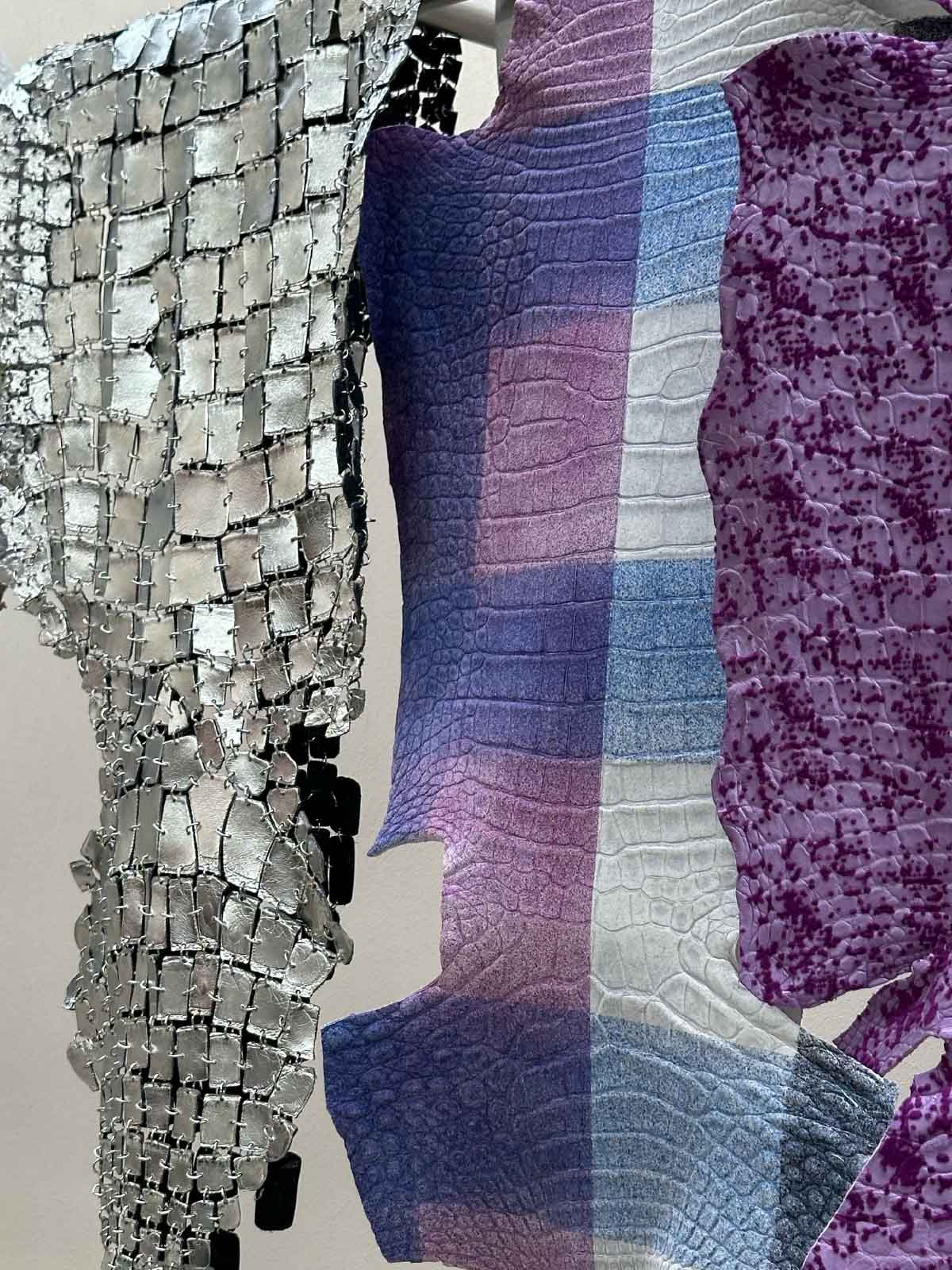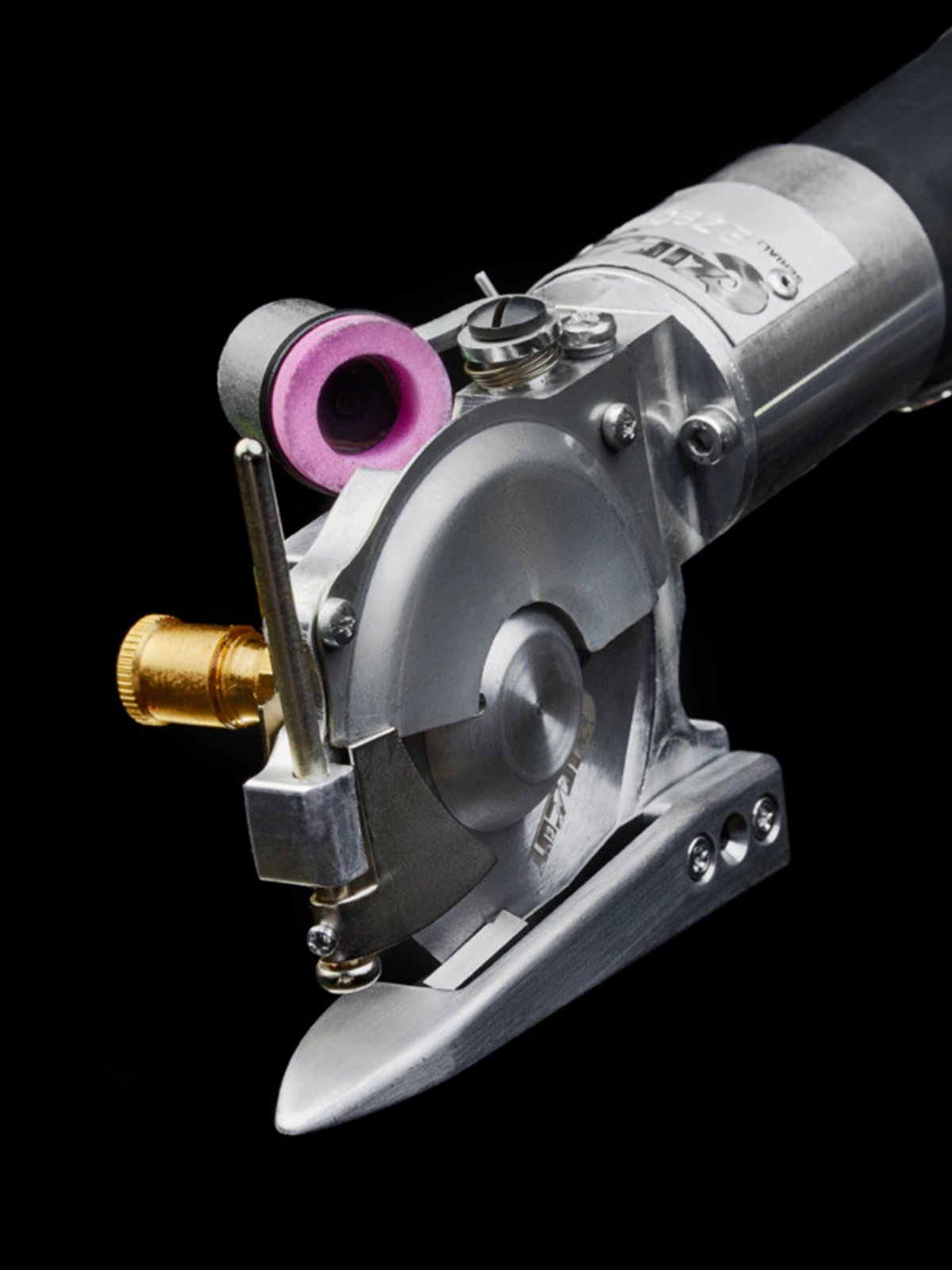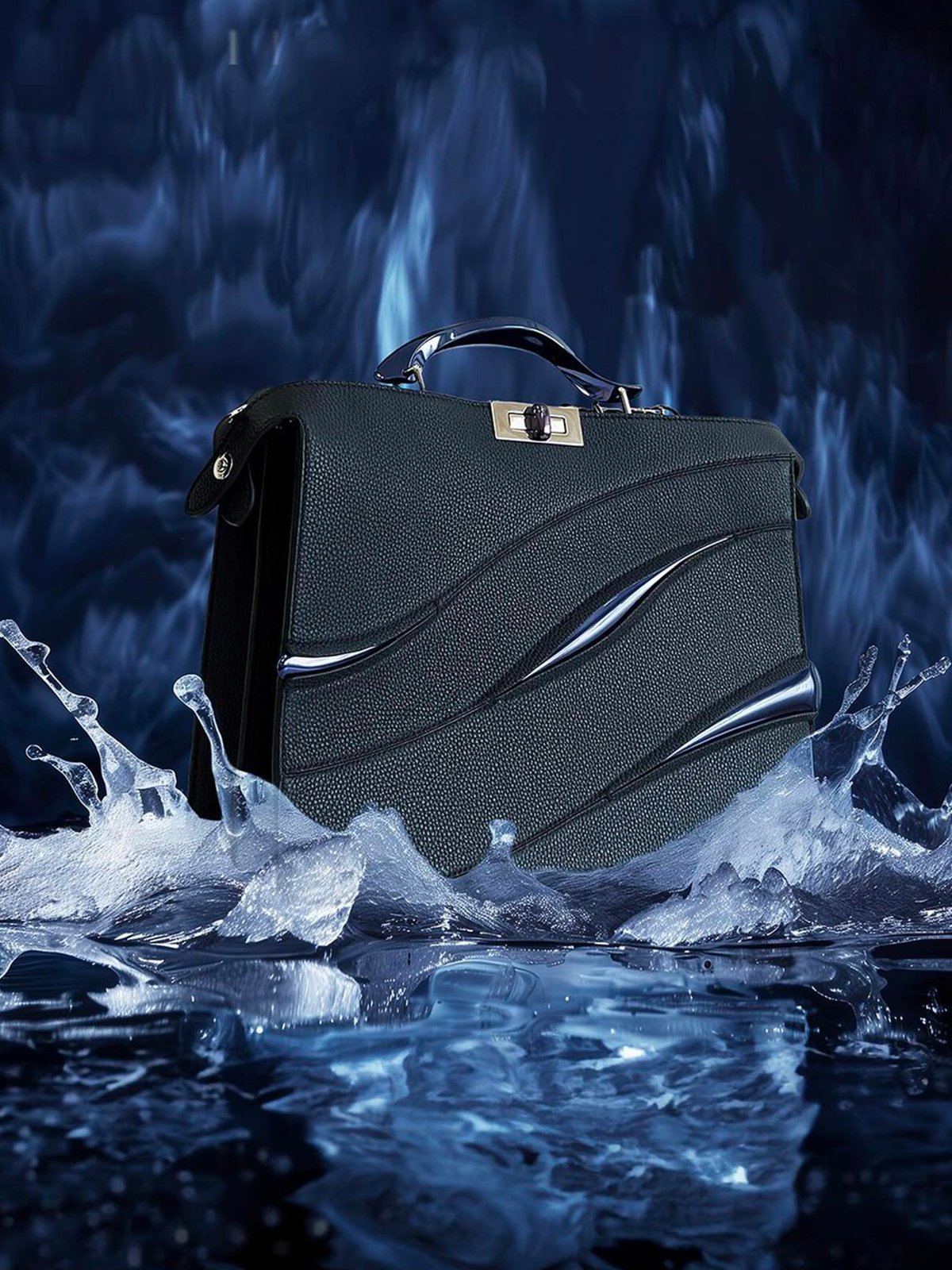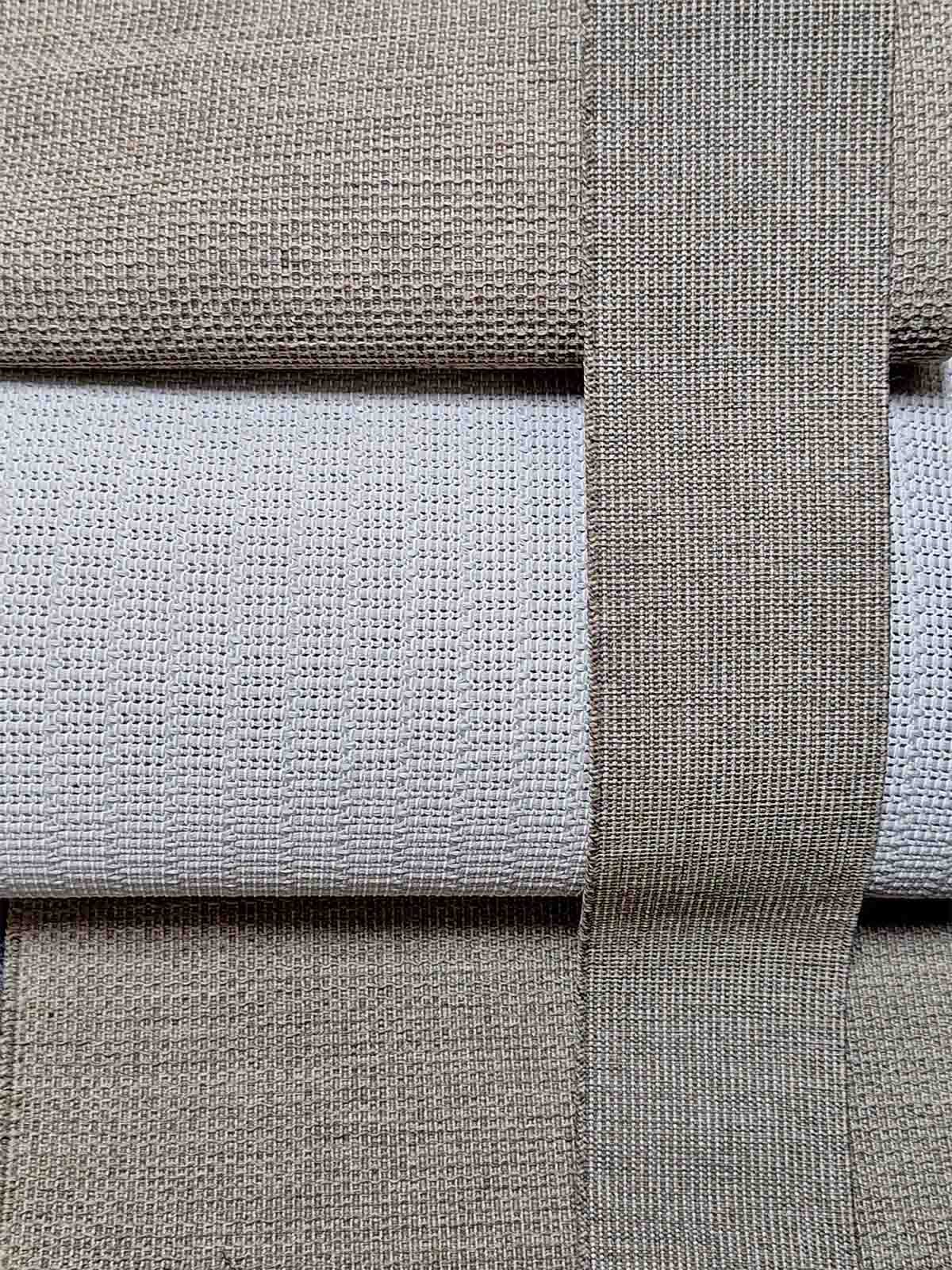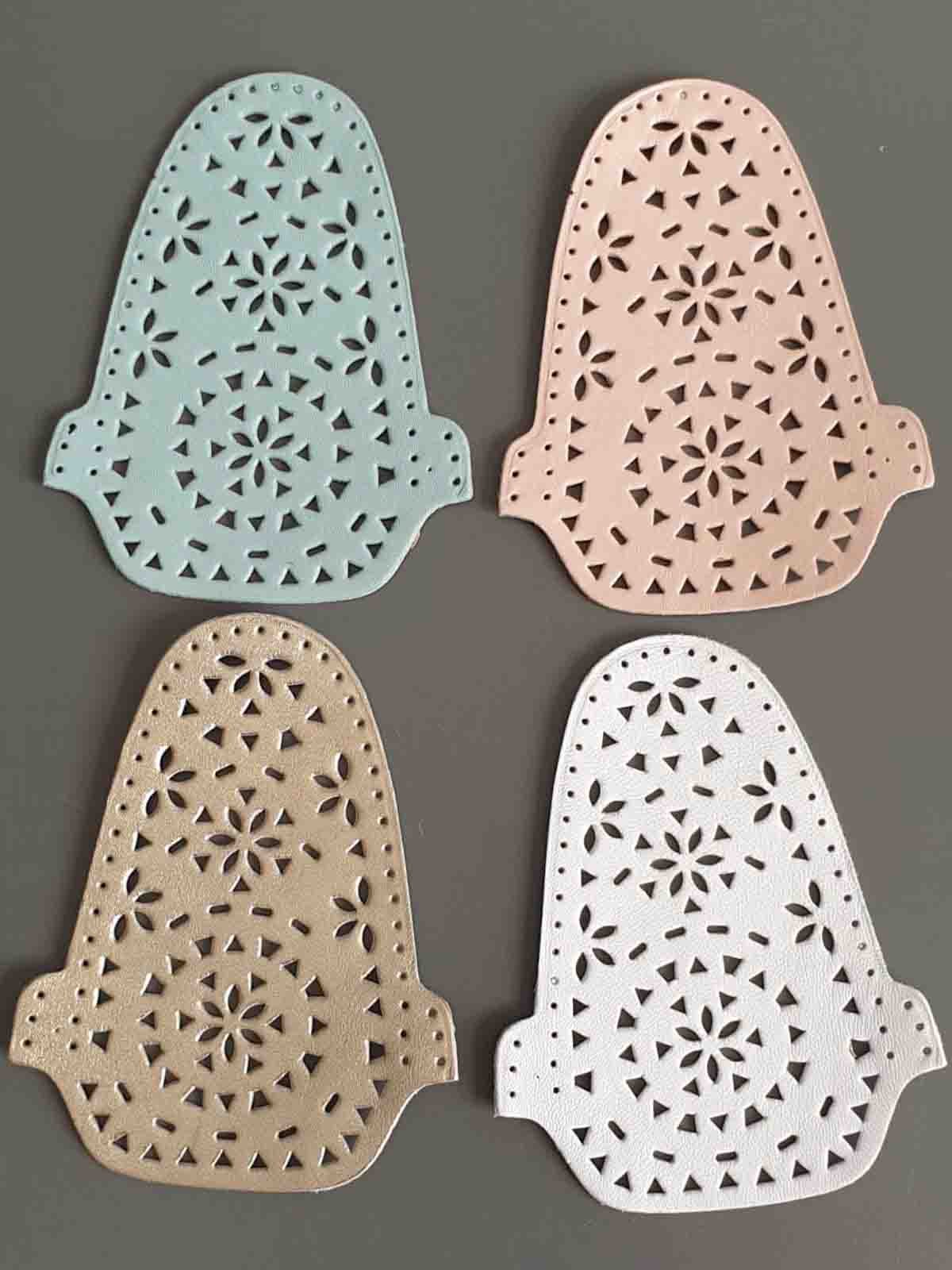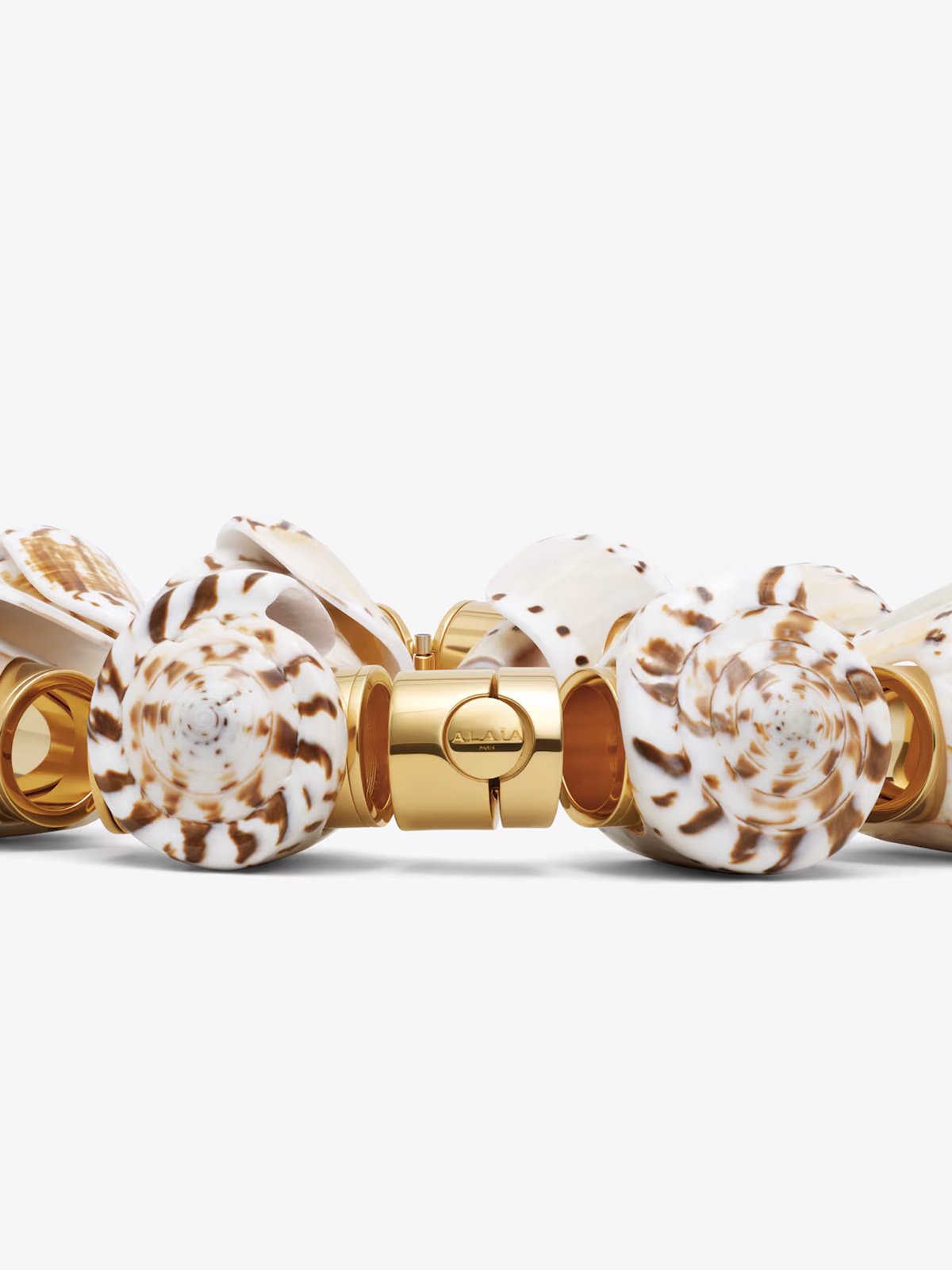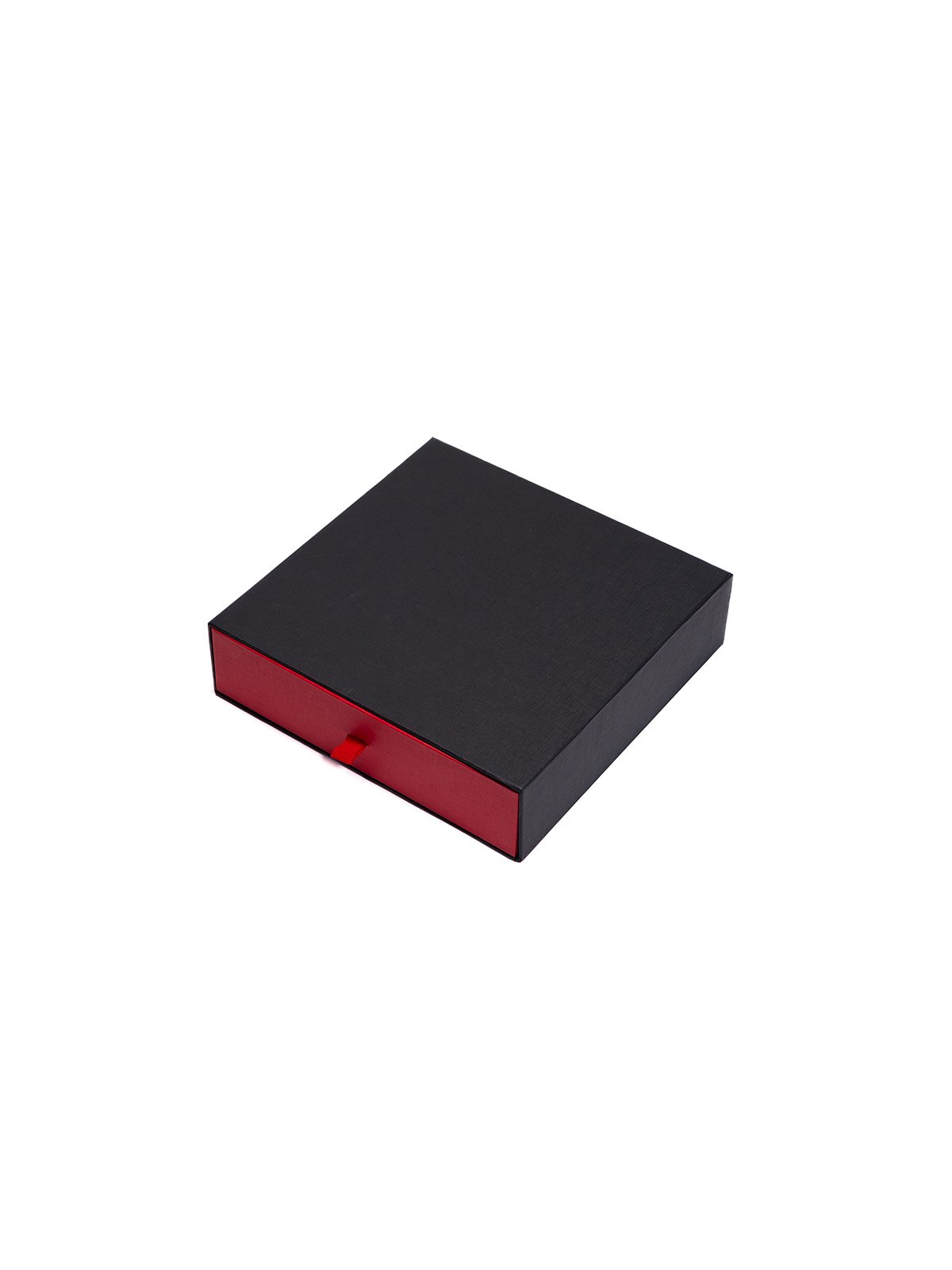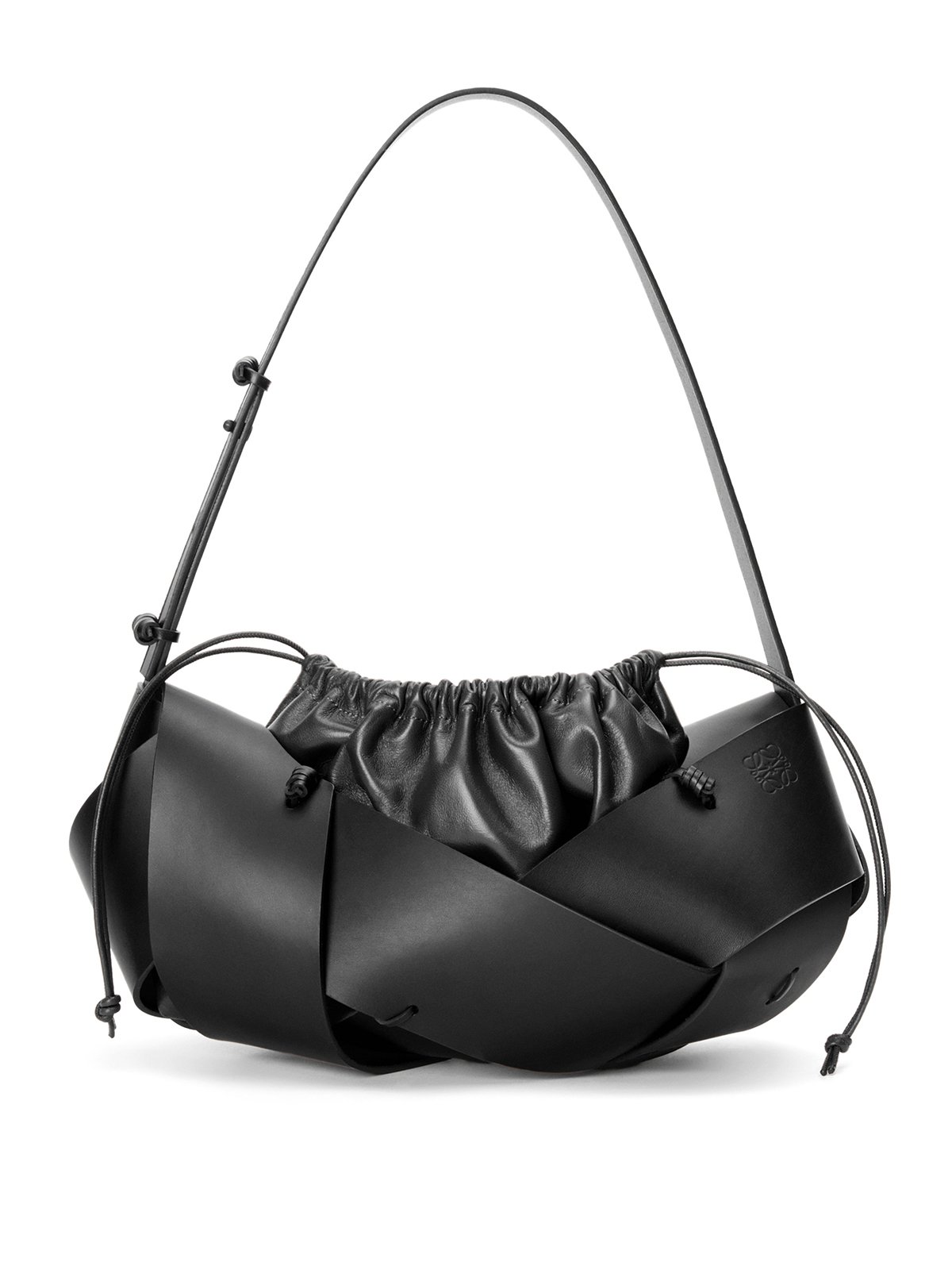News
DEAN Tannery: Product Water and Carbon Footprint, three actions to reduce them
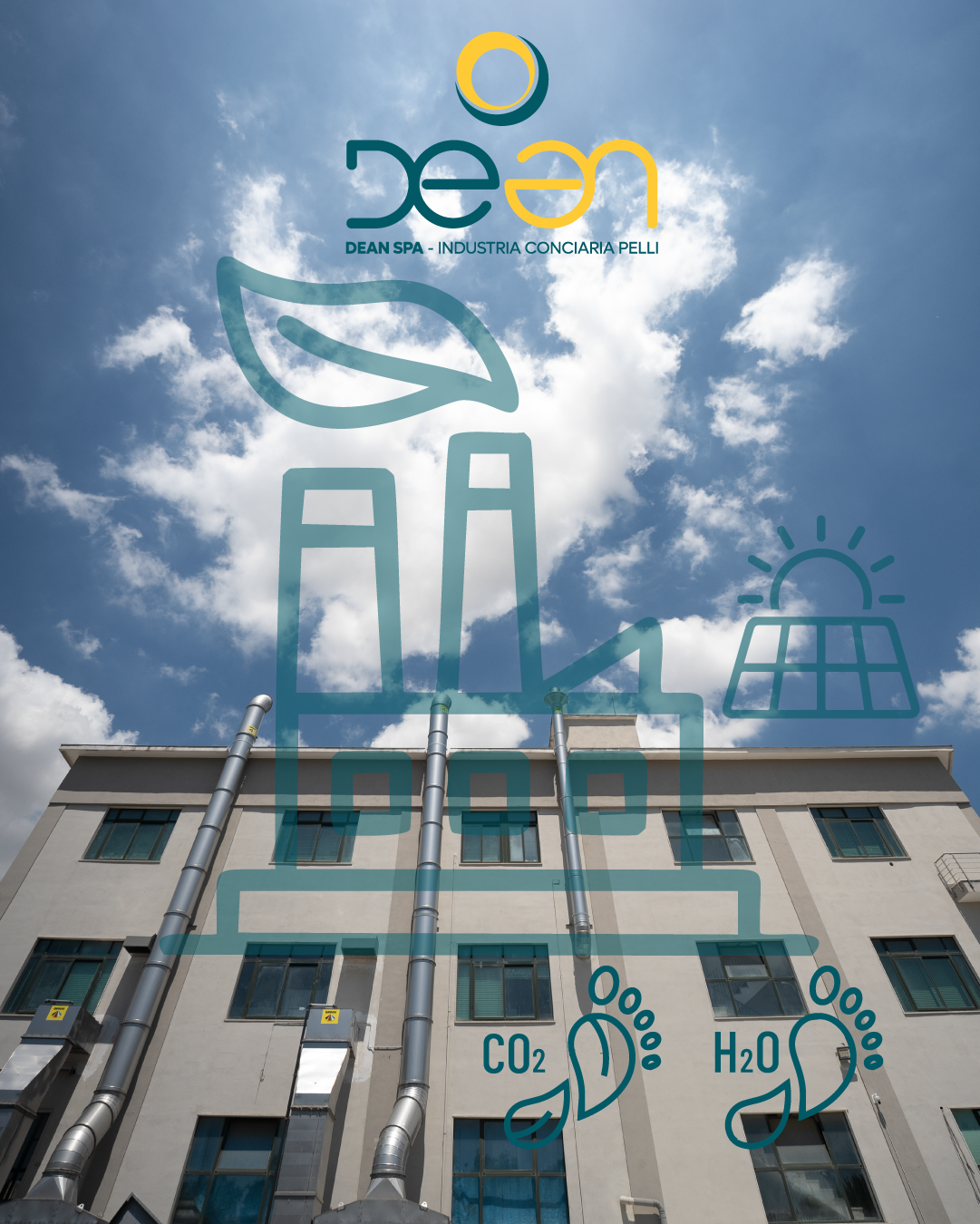
Sustainable fashion is often talked about. Among the most important parameters for measuring the impact of corporate production on the environment and identifying opportunities for efficiency are the Product Carbon and Water Footprint. Both are calculated on the LCA methodology and represent a life cycle analysis of the product itself.
Carbon Footprint: what it is
The Carbon Footprint is the study of the carbon footprint that a product has on the environment in terms of greenhouse gas emissions and is expressed in kg of CO2 equivalents. Focusing on climate-altering gas emissions, CFP in a nutshell measures the global warming generated by a product.
Water Footprint and Water Consumption
The Water Footprint, on the other hand, measures all the impacts a product has on water resources throughout its life cycle: it is therefore the most important indicator of freshwater consumption and captures both direct and indirect use. It is measured in terms of volumes of water used and polluted per unit of time.
Fashion and environmental impact: a bit of data
The fashion sector is among those showing greater environmental responsibility: 62 percent of fashion companies take initiatives to combat climate change; specifically, 27 percent have a structured action plan; 13 percent calculate the carbon footprint of their business; and 9 percent plan to do so. (Ipsos data and Italian Network of the United Nations Global Compact-UNGC, research The commitment of Italian companies to net-zero. Also linked to climate change is water consumption: every year the fashion industry uses 93 billion cubic meters of water, an amount that could satisfy about 5 million people. (Statistics from UNEP-United Nations Environment Program and Ellen MacArthur Foundation.)
How to counter water waste and CO2: the DEAN case
It is within this scenario that the initiative of DEAN Tannery, which is engaged in the restoration of retanning and dyeing drums and the implementation of new water purification plants and energy supply from renewable sources, fits. “We think that sustainability means reconciling the necessary tension towards the future with the enhancement of memory,” says Antonio de Michele, president CDA DEAN SpA. Today our company uses the latest generation systems and looks forward with confidence, but we believe it is fundamental to take care of our history.”
Green energy self-production and Carbon Footprint - 62 percent
DEAN was already using 100 percent electricity from renewable sources, but as of January 2024 it has raised the bar: it now self-produces 40 percent of its needs. The adoption of inverter-controlled integrated electric motors, the use of efficient compressors, and voltage optimization have also resulted in considerable energy savings. Thanks to the efficiency of boilers for thermal energy production, the company has lowered the Carbon Footprint by - 62% compared to the average of Italian tanneries (UNIC data) and emissions into the atmosphere.
Water consumption - 15% and wastewater recycling + 80%
Over the past three years, thanks to collaboration with foreign production sites for the purchase of semi-finished products and the use of the latest generation of chemicals that require less water use, Tannery DEAN has reduced water consumption by 15%. In addition, with further investment, the new purification plant will allow wastewater to be recycled by up to 80 percent to feed the flue gas scrubbers.
